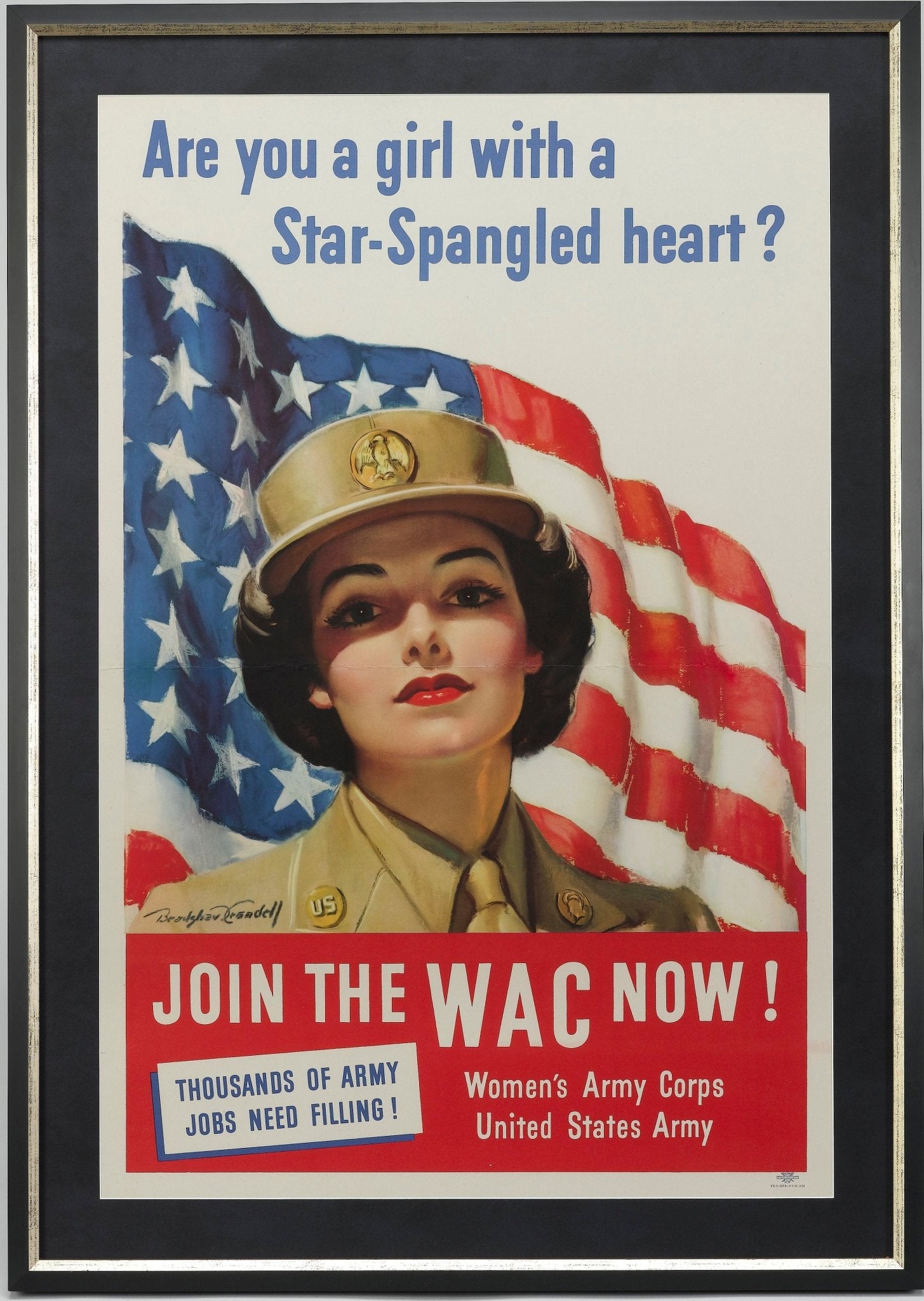Why The 41-Star Flag is So Rare
We’ve dealt in our fair share of rare flags, from Civil War-era varieties to unique, hand-sewn masterpieces. However, until now, the 41-star flag had always eluded us. This is because 41-star American flags, representative of when Montana became a state, were never official and were almost entirely overlooked by flag makers. We have sold other unofficial flags before, specifically the stunning 39-star flags that you can find on our website. However, the 41-star flag is one of the rarest of 19th century America.
On November 2, 1889, North and South Dakota were added to the Union as the 39th and 40th states, the first time in history that two states were admitted on the same day. Montana became the 41st state on November 8, 1889, which predated Washington, the 42nd state, by only three days. Flags with 39 or even 40 stars are more common than 41-star flags. Even though they were all unofficial, flag makers had anticipated that the next official flags after 38 stars would be 39 and then 40. They produced 39 and 40-star flags to get ahead of the demand.

When Washington came along as the 42nd state on November 11th, flag makers started producing 42-star flags. Flag makers were not in the business of producing out of date flags- since they quickly jumped to produce the “accurate” 42-star flags, 41-star flags were practically overlooked.
As a result of such rapid changes in the number of states, in such a short time, only a very small number of 41-star flags were ever produced. This is the first time that we have been able to acquire a 41-star flag, and though it is small in size, it is rich in historical significance. You can read more about this complex history, and shop this rare flag, here.






